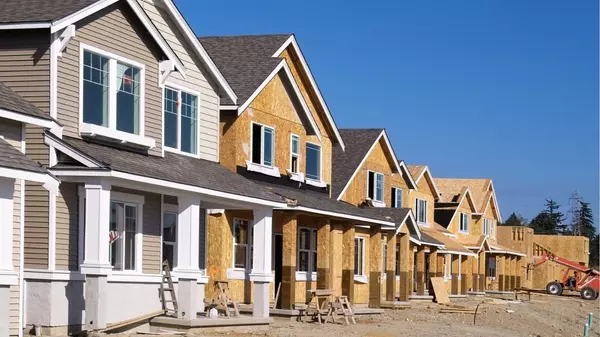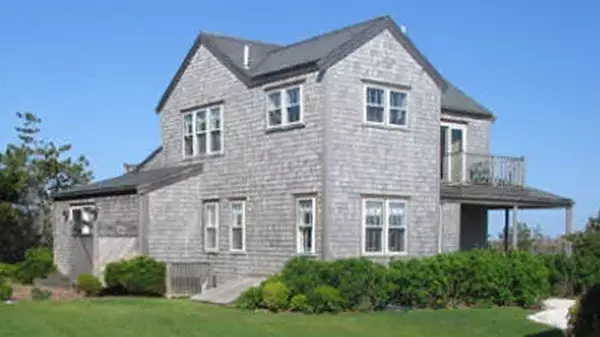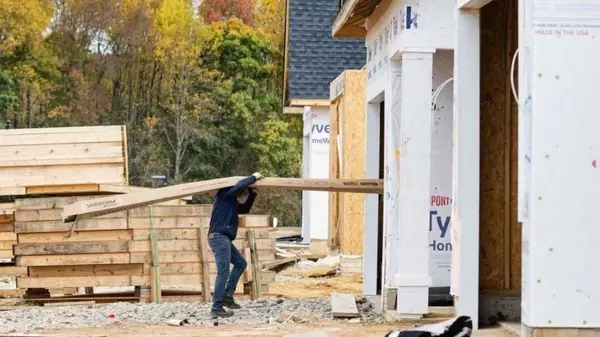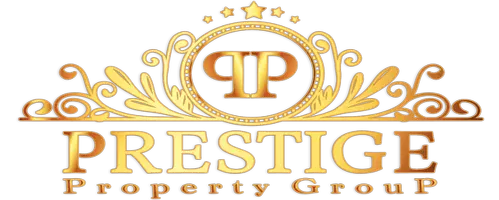This Midwestern State Faces a $1 Billion Property-Tax Levy Rise. Here’s How Some Homeowners May Get a Pass
Minnesota homeowners are staring down what could be one of the biggest jumps in property taxes in recent years after local governments proposed nearly $1 billion in additional levies for 2026. It's a 6.9% statewide increase at a time when monthly housing costs are already stretching household budgets thin.
Minnesota ranks above the national average in property taxes across most major property types, according to a 2024 50-state comparison by the Minnesota Center for Fiscal Excellence and the Lincoln Institute of Land Policy.
The newly proposed levies would layer additional pressure onto homeowners who have spent the last several years grappling with rising insurance premiums, higher mortgage rates, and stubborn housing inflation.
But the headline dollar amount obscures a deeper complication: Not every homeowner will feel these increases in the same way. Some may see sharp jumps in their bills, while others may see modest changes, or even none at all.
That’s because the forces driving these levy proposals are more complex than a simple across-the-board tax hike.
The big number: Minnesota levies could increase by $948 million in 2026
The latest estimates from the Minnesota Department of Revenue show that local governments across the state are proposing up to $948 million more in property tax levies for 2026 than owners paid this year.
City and county governments are driving much of the change, with average proposed levy increases ranging from 8% to nearly 9%. School districts are also a factor: Of the 70 ballot measures that went before voters in November, 44 were approved at least in part, locking in those increases for 2026.
Importantly, these numbers represent maximum increases. Under state law, local governments can still reduce their final levies before the end of December, but they cannot raise them above these preliminary levels. And they sometimes do trim them back: In 2025, the final statewide levy came in $63 million lower than initially proposed.
Still, the early numbers are a clear signal that, absent changes later this year, Minnesota property owners could collectively be asked to contribute nearly a billion dollars more to fund local services in the state.
So what’s driving the increases?
Local governments say they are being squeezed by two financial pressures at once: rising operating costs and a significant shift in federal cost-sharing. Cities and counties are paying more for the same goods, services, and labor that homeowners are struggling with. But they are also being asked to absorb a larger share of the cost of federal safety-net programs.
The One Big Beautiful Bill Act, passed earlier this year, reduces SNAP funding by $186 billion over 10 years—a cut of roughly 20%—and Medicaid by nearly $1 trillion. Counties administer both programs on behalf of the federal government and have historically been reimbursed for much of that work. Under the new law, though, those reimbursements shrink, meaning counties could be responsible for a greater portion of the benefits themselves.
“What this federal bill did, particularly around the areas of Medicaid and SNAP, is reduce those reimbursements to counties even more, and actually made some policy changes where we could be on the hook for the cost of those benefits,” Matt Hilgart, government relations manager for the Association of Minnesota Counties, told MPR News. “They are substantial to the tune of hundreds of millions of dollars. So those are the concerns that we're hearing from counties.”
To Hilgart’s point, the scale of these programs in Minnesota are significant.
Nearly half a million Minnesota residents—8% of the state's population—received SNAP benefits in 2024, and 63% of those households included children, while more than 52% included working adults, according to the Center on Budget and Policy Priorities. SNAP recipients received $857.62 million in nutritional assistance last year. Meanwhile, nearly 1.3 million Minnesotans are enrolled in Medicaid, the vast majority children, according to the Minnesota Department of Human Services.
Why a higher levy doesn’t always mean a higher bill
Even if the state doesn’t revise its projections downward, the proposed levy increases may not end up being a direct hit to a homeowner’s wallet.
A levy isn’t the same as a tax bill. Instead, it represents the total amount of revenue a city, county, or school district needs to collect to fund services such as public safety, road maintenance, and local programs. That amount is then divided among property owners based on several local factors, including:
- How quickly the tax base is growing (or shrinking)
- How different property types are classified and taxed
- Whether a home qualifies for homestead or other tax preferences
- The total revenue needed by a property owner’s taxing authority
As Pierre Willette of the League of Minnesota Cities explained to MPR News, local conditions vary significantly: “Everything you know—the age of your infrastructure, where you are in your capital cycle, whether you have a large project to pay for—every city is different. It might depend on what you did with property taxes the year before as well.”
The preliminary state data points to smaller cities seeing the largest percent increases. Tiny Florence, MN—a city with a total population of just 29 residents—for example, is reporting a potential hike of 200%, and Chickamaw Beach—a town of 218 residents—is reporting an increase as high as 52%.
By contrast, the state’s largest cities are seeking far higher dollar increases but with far smaller percentage changes. Minneapolis, for example, is proposing up to $40.5 million more than in 2025, an increase of just 8.1%.
This mismatch between percent change and total dollars collected underscores an important but little discussed aspect of property taxes: The impact of levy hikes depends heavily on the depth and composition of a community’s tax base, not merely the size of the increase on paper.
When levies rise but bills don’t
In communities experiencing new housing or commercial development, a higher levy can be spread across a larger number of taxpayers. In these cases, individual homeowners may see only a minimal change, or no increase at all.
Hilgart put it this way: “An 8% levy increase does not necessarily mean an 8% increase in your property tax bill. You could be in a fortunate county that’s seen a lot of development and have even a 10% levy increase, but a zero percent change in your actual property tax bill.”
As a whole, Minnesota has been making meaningful strides in adding new residential housing across the state, ranking 10th on Affordability and Home Building Report Cards from Realtor.com®. Its B- performance was buoyed in part by the state’s progress in new construction. Minnesota accounted for roughly 1.5% of U.S. housing permits last year, just below its 1.7% share of the population.
That 0.9 permit-to-population ratio isn’t enough to close the state’s long-term housing shortage, but in fast-growing counties and newly built subdivisions, it can help distribute a larger levy across more taxpayers.
When bills rise more than the levy
However, the reverse is also true. In areas with little new development—or in places losing population—the cost of funding local services is divided across fewer households and businesses, which can magnify increases, even if the levy itself rises only modestly.
And Minnesota has been experiencing a slow and steady loss of residents for the last 20 years, according to an analysis of migration trends by the Minnesota State Demographic Center.
Plus, unlike states that cap annual increases in assessed home values, such as Florida and California, Minnesota does not impose blanket limits on homestead valuation growth. While that contributes to a more uniform tax burden across similar households, it also means changes in levies—and rising assessments—may be felt more directly.
What homeowners can do now
For Minnesota homeowners trying to make sense of a potential levy increase, the most important step is to understand how your individual property tax bill is calculated and what you can do to manage it.
Start by verifying that the information used to determine your home’s value is accurate. Today, an estimated 40% of homeowners are paying more on their property taxes than they need to due to over-assessments. If you think you may be one of them, a new tool on Realtor.com allows you to compare your home's assessed value to similar homes, and it provides a set of data on comparable properties you can use as evidence to appeal your assessment.
Homeowners should also make sure their primary residence is properly classified as a homestead, which can reduce the taxable value of a primary residence and may qualify the owner for various state property tax refund programs. New buyers, people who have recently moved, and households that have transferred ownership within a family are the most likely to benefit from checking this.
For older adults or homeowners on limited incomes, Minnesota offers property tax refunds and, in some cases, deferrals that postpone a portion of the tax bill until the home is sold.
The final levies will be set by Dec. 29 and announced after the February forecast. Until then, homeowners should keep an eye out for mailed notices from their county, verify that tax records reflect accurate details about their home, and explore eligibility for refunds or senior tax-relief programs—because once the numbers are locked in, next year’s tax bill will be, too.
Categories
Recent Posts










GET MORE INFORMATION

